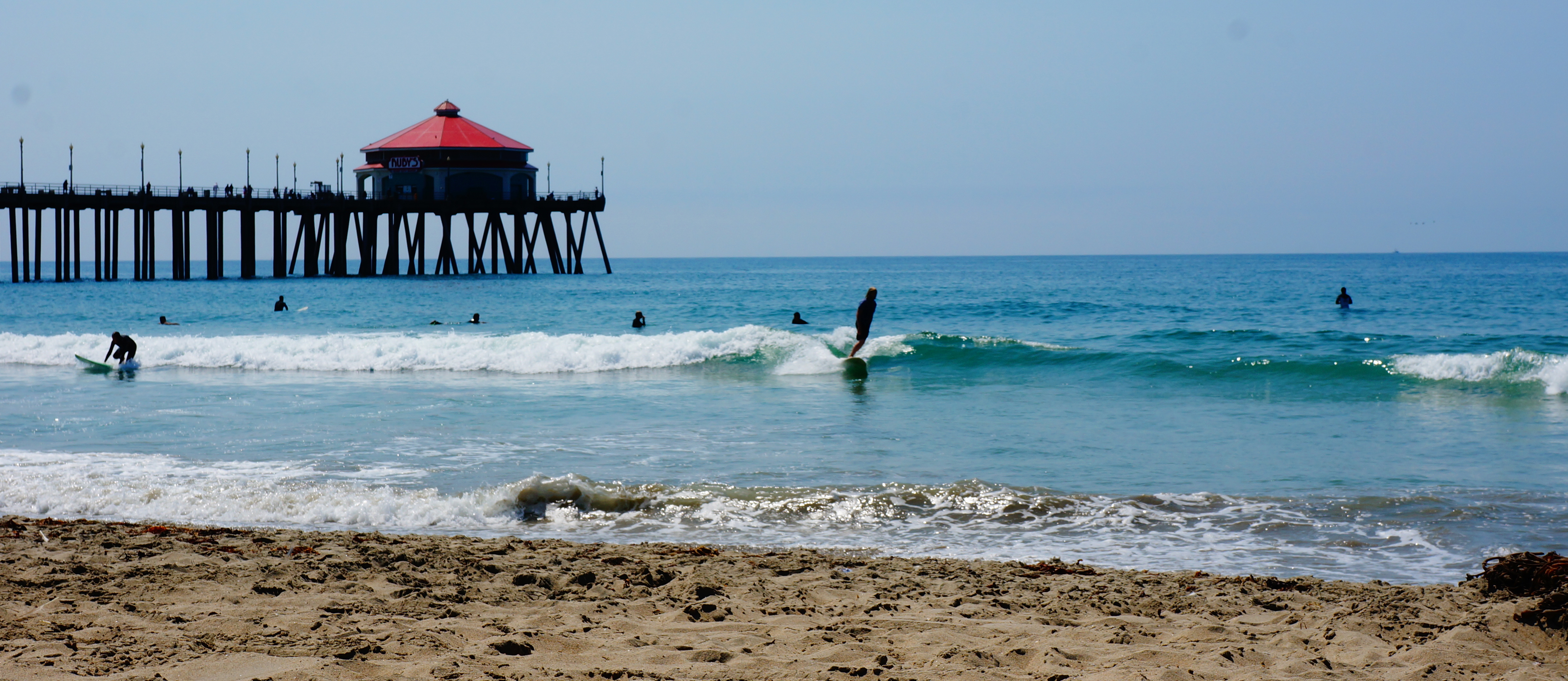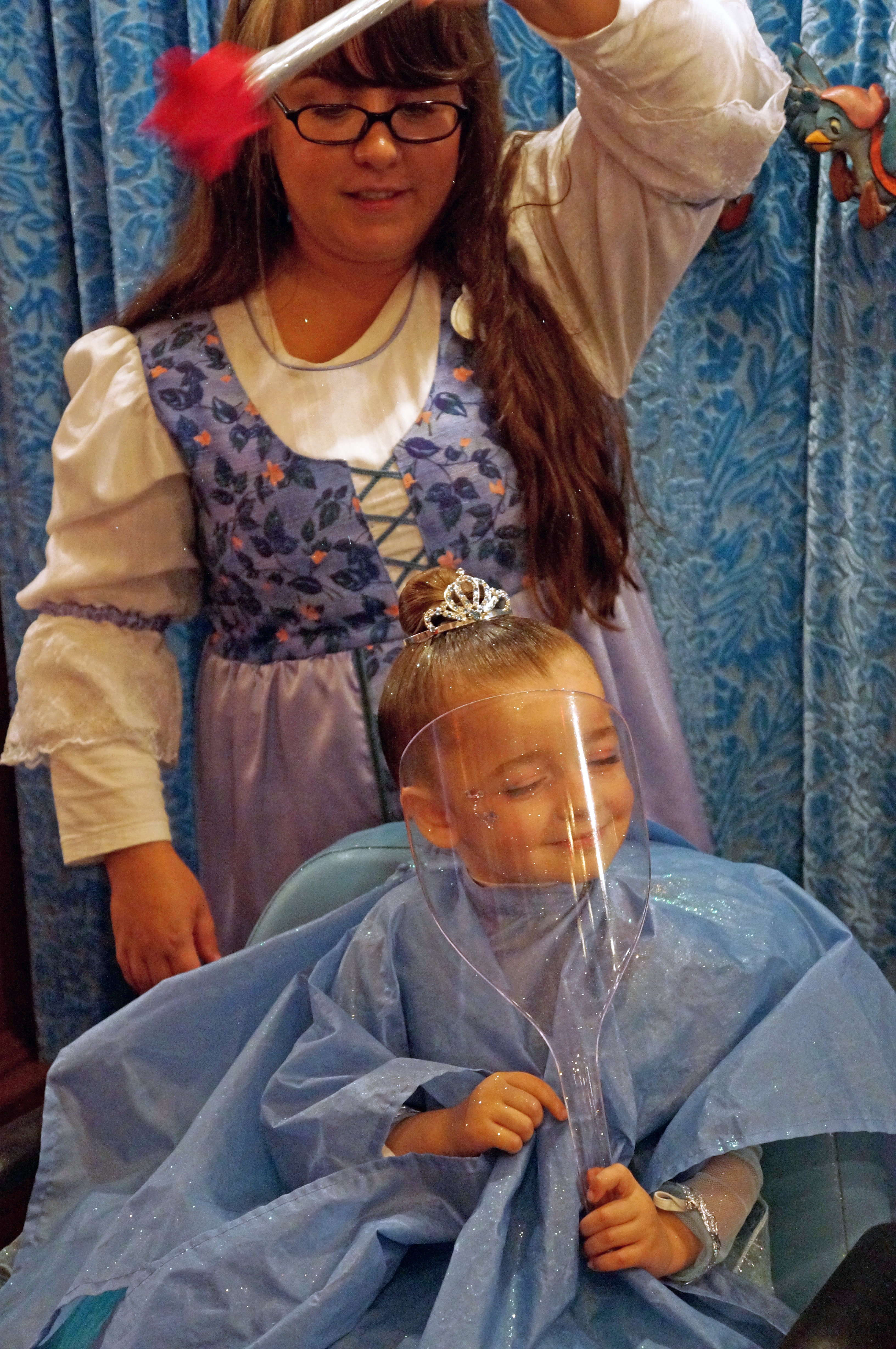During our trip to California, mama bear and I decided to take a little detour to Mission San Juan Capistrano “Jewel of the Missions”, located in the city of San Juan Capistrano. Yup it was named after the mission, good catch! This is in southern Orange County, California.

My panoramic view of the entire interior, not including the wall behind me. The Mission is a traditional quadrangle.

Mama and I on the stone benches surrounded by cacti.

The peaceful, stocked full Koi Pond. Isn’t mama the cutest!?



Gorgeous palm trees in the interior of the Mission.

I want a Koi Pond within walking distance from my next home. I walked back to them about 20 times.


The vaulted corridors.

This is the Historic Mission Industrial Center. The 4 brick vats were used to die wool cloths made right there at the mission. The circular area to the right is where cow hides were stretched and tanned in the center. The fats and oils from the vats were used to tan and soften the cow hides.

The California wine industry was born here at Mission San Juan Capistrano. It’s the location of the first vineyard and first winery in California. In 1779 grape vines were brought over to the mission and nurtured to make wine to drink daily as well as at mass. Wine was a major commodity in Spain and Spanish America life and now a major necessity in mine. Being wine obsessed naturally I had to get a picture with the first wine grapevines in California!

When Father Serra officially founded Mission San Juan Capistrano, he had the Serra Chapel built to hold mass. In 1797 when the mission’s population had already grown rapidly, the Great Stone Church was built. (This is looking into the Serra Chapel. Photo’s inside did not do this gorgeous Chapel justice so I chose to leave them out.)

Lit a candle and prayed to the Sanctus Peregrinus – The Patron Saint of Cancers.


Koi again…not sorry…


There were archaic books like this one throughout the corridor rooms. From the plate: “The padres kept records of baptisms, confirmations, marriages, burials, and agriculture production levels that they then used when preparing reports to their superiors in Mexico.”


I’m standing in the section where on December 8, 1812, an earthquake shook California from San Luis Obispo to Oceanside. Unfortunately mass had just began when the earthquake hit. Those who followed the priests’ to the sacristy survived and those who did not trust in them died in the rubble. 40 people died in the collapse of the Great Stone Church and it was never rebuilt. The World Monuments Fund placed the “Great Stone Church” on its top 100 most endangered sites and it is the oldest building in California still in use.
You can tell how colossal these walls were by looking at tiny Mama Bear compared to it. The original building was 180 ft long by 40 ft wide, and had high-vaulted ceilings with 7 domes and a 120 ft tall bell tower.

The Companario Wall or the Bell Wall. These four bells hung in the “Great Stone Church” and after surviving the earthquake, were hung in this bell wall. It may not look like much here but it was one of the most inspiriting features to the mission; a reminder of surviving and thriving.

The “Great Stone Church” ruins in front and the Bell wall to the left. These two large bells to the right are the original bells replaced in their home of the ruins. They were recasted and the duplicates are in the bell wall.



Anyone else think these awesome Cali trees look like Dr. Seuss, The Lorax Truffula Trees?

There were ample cacti families all over the middle grounds here.

If you are ever in California and get the chance this is definitely one stop to remember.
HAPPY WANDERING
All information recorded from Mission San Juan Capistrano recorded headphone tour provided by the mission as well as www.missionscalifornia.com. You can actually listen to the entire Audio Tour here!


